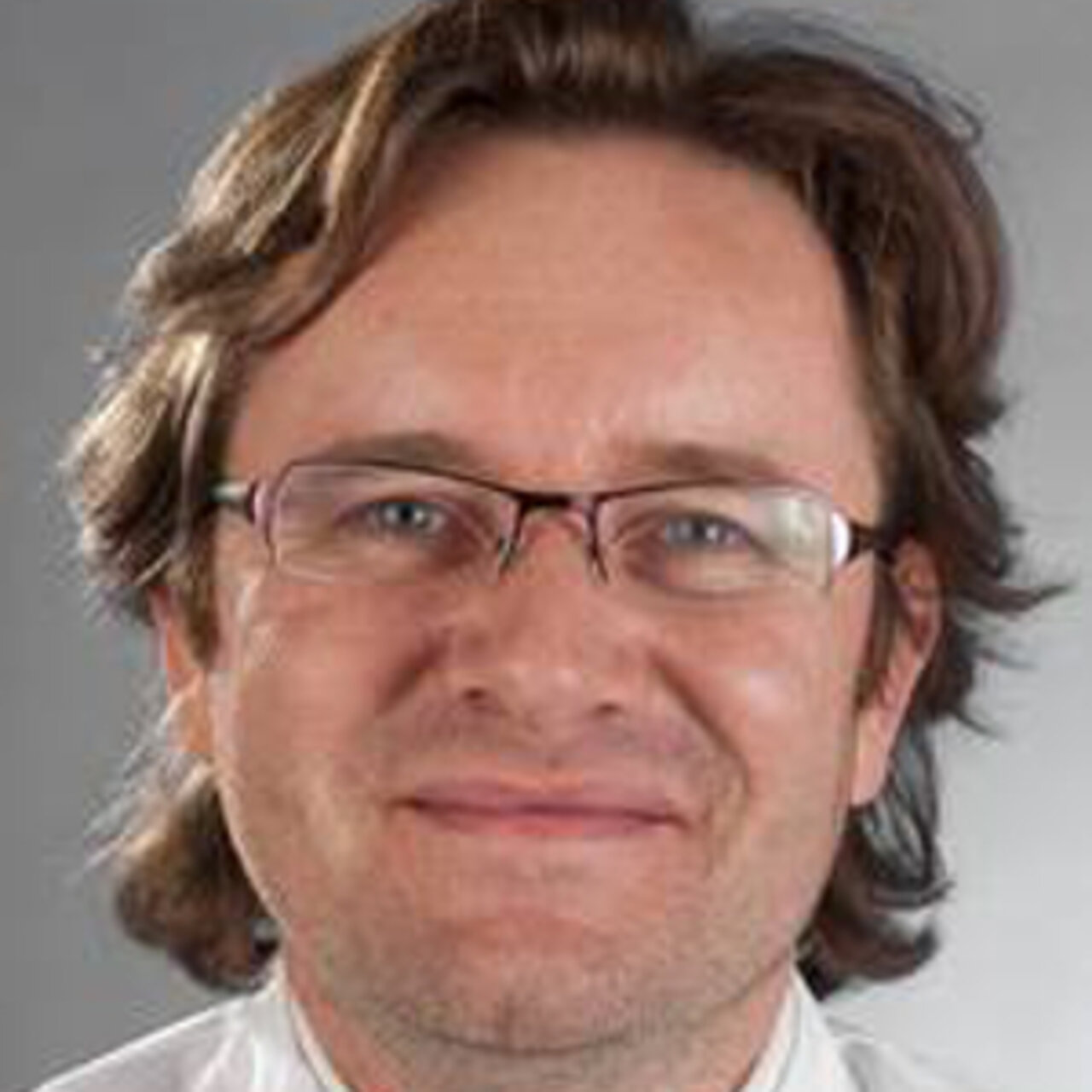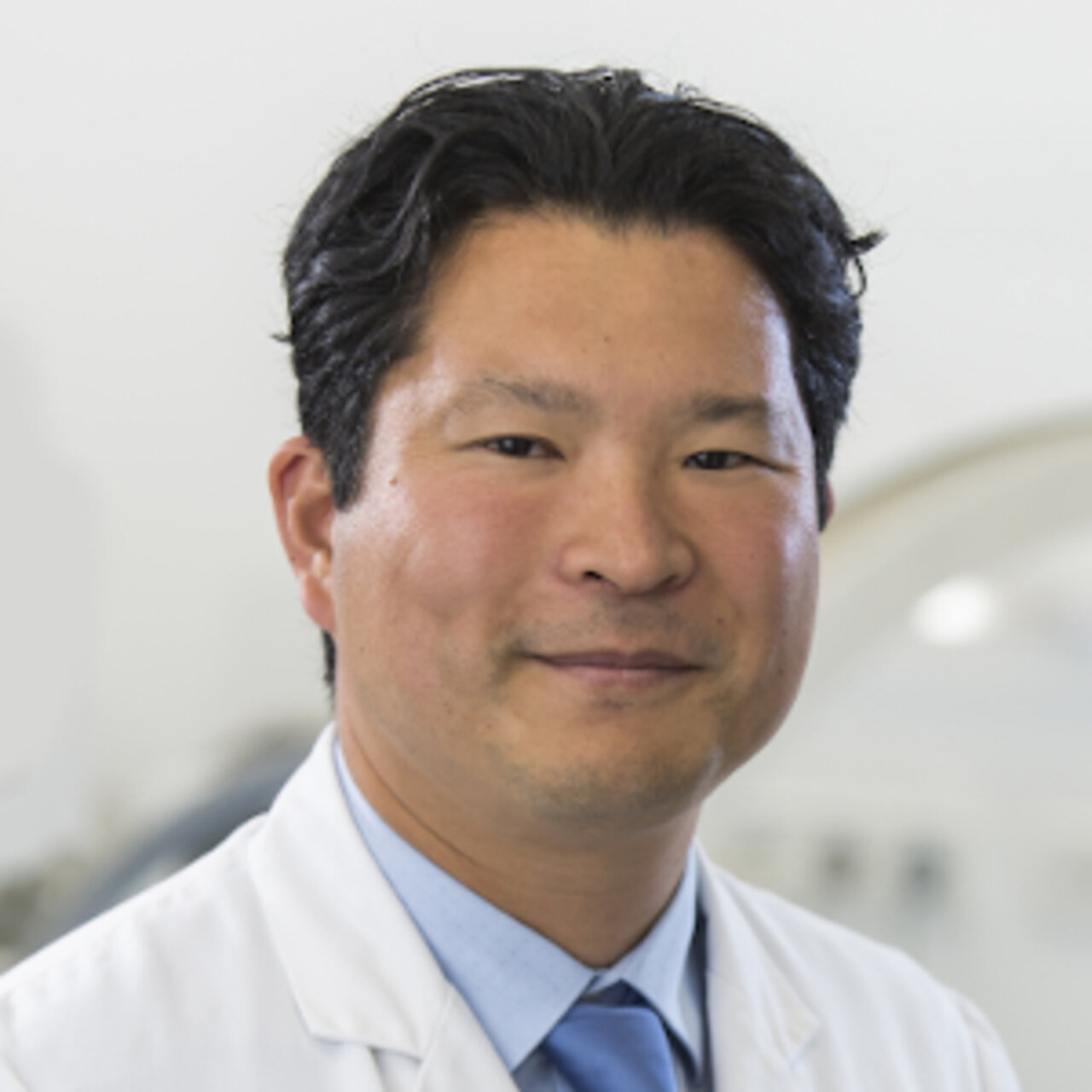Specialists in Pain Surgery
5 Specialists found
Information About the Field of Pain Surgery
What Types of Pain Can Be Treated with Neurosurgical Pain Management?
Pain serves to protect and preserve the organism from imminent damage. It is a body's warning signal and is triggered by vegetative and motor reflexes.
If the pain becomes chronic, the pain memory can cause persistent pain, even if there is no longer an acute physical cause. Chronic and tumor diseases can produce permanent pain, which can be very distressing.
Neurosurgical pain management is considered after all conservative therapeutic approaches have been exhausted. Various types of pain and disease patterns can be treated and relieved surgically using these procedures. These include chronic pain such as prolonged back pain and headaches, cancer pain, phantom pain, and nerve pain caused by pinched or irritated nerves.
The Different Procedures?
Microvascular Decompression
Microvascular decompression, also called Janetta surgery, is used for trigeminal neuralgia. Trigeminal neuralgia is characterized by severe, attack-like facial pain caused by irritation of the fifth cranial nerve, the trigeminal nerve.
The cause is thought to be contact by a small blood vessel, which also runs along with the exit point of the nerve. This can irritate the nerve and cause severe facial pain with the slightest touches, such as brushing teeth and chewing. Due to this fact, a microsurgical operation, by padding the nerve with a small piece of plastic wadding, can prevent the point of contact with the surrounding structures. This leads to freedom from pain with a very low surgical risk in most cases.
Pain Pacemaker
On the other hand, pain pacemakers are placed under the abdominal skin and deliver gentle pulses to electrodes that have previously been inserted in the spinal cord. This influences the perception of pain and interrupts the transmission of pain.
This can result in a pleasant tingling sensation that occurs instead of pain. The tingling can cause a nice feeling, but it can also be annoying. Therefore, before the pacemaker is implanted, a test procedure is performed. For this purpose, the electrodes are placed on the spinal cord skin, and the effect of pain relief is tested over a few days.
If there is a clear improvement in pain, the pacemaker is transplanted under the abdominal skin. This procedure can be considered for radiating nerve pain, herniated discs, phantom pain, and pain caused by circulation disorder. On the other hand, it cannot be used for chronic back pain and paraplegic symptoms.
Intrathecal Pain Pumps
Intrathecal pain pumps deliver pain medication directly into the nerve fluid running down the spinal canal using a small catheter. They are transplanted under the abdominal skin in a minor procedure and can be programmed for medication dose, timing, and frequency of administration.
In this way, the drugs can act directly on the spinal cord receptors so that the blood-brain barrier does not have to be crossed beforehand. This means that the drugs can be administered in much smaller doses, significantly reducing side effects. As a result, the pain pump can be used for any chronic pain, back pain, and tumor pain that can no longer be adequately treated with conservative measures and is experiencing an increasing need for medication.
Advantages and Disadvantages of Neurosurgical Pain Therapy
Before neurosurgical therapy procedures are used, extensive testing should be done to determine if the procedure will provide an apparent effect for the patient with improvement in symptoms. Surgical procedures are invasive and involve surgical risks such as bleeding, infection, and possible damage to surrounding structures. Therefore, all conservative measures should have been attempted and exhausted beforehand, and the added value of the surgical procedure should be proven.
Chronic forms of pain and nerve pain can mean lengthy and challenging treatment due to pain memory. Therefore, in some cases, a surgical procedure with its risks may cause more harm than good, or the procedure may create a new pain problem. Especially in the case of spinal canal surgery, it is therefore important to adequately discuss all options with the patient beforehand.
Psychological factors should also be considered since anxiety, depression, and the pre-existing expectation of pain in the case of long-standing illnesses can intensify the pain. Therefore, patients should be co-managed with pain psychology and understand that in many cases of chronic pain, surgical intervention alone often does not immediately eliminate the pain.
In contrast, for conditions with precise localization of symptoms, such as trigeminal neuralgia, surgery most often improves symptoms with a very low surgical risk. In this way, the patient can be helped quickly and long-term.
Which Doctors and Clinics are Specialized?
Neurosurgical pain management procedures are performed in neurosurgery clinics. In cooperation between neurosurgeons, pain physicians from neurology, psychosocial care, and consultation with the general practitioner, a therapy concept is developed and implemented together.
We help you to find an expert for your disease. All listed doctors and clinics have been checked by us for their outstanding specialization in the field of pain surgery and are awaiting your inquiry or treatment request.
Sources:
- eref.thieme.de/ebooks/717870
- www.uniklinikum-jena.de/neurochirurgie/Leistungen/Operationsverfahren/Fkt_+Neurochirurgie/Schmerz_Therapie.html
- www.klinikum.uni-heidelberg.de/kopfklinik-zentrum/neurochirurgische-klinik/behandlungsspektrum/erkrankungen/neurochirurgische-schmerztherapie-1
- new.usz.ch/fachbereich/zentrum-kopf-gesichts-kiefergelenkschmerz/angebot/mikrovaskulaere-dekompression-nach-janetta/
- www.uksh.de/neurochirurgie-luebeck/Leistungsspektrum/Neurochirurgische+Schmerztherapie/Intrathekale+Medikamententherapie.html




